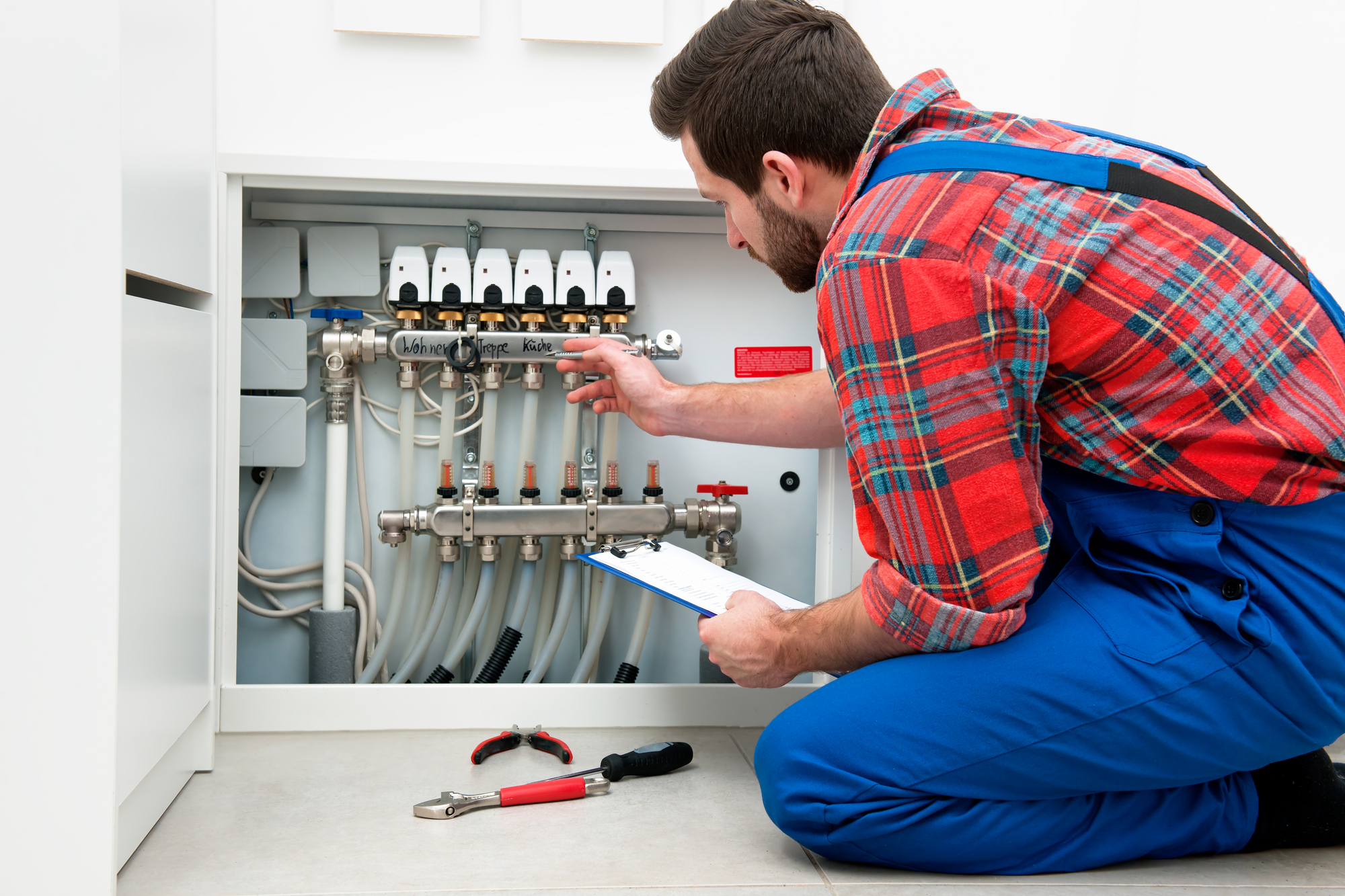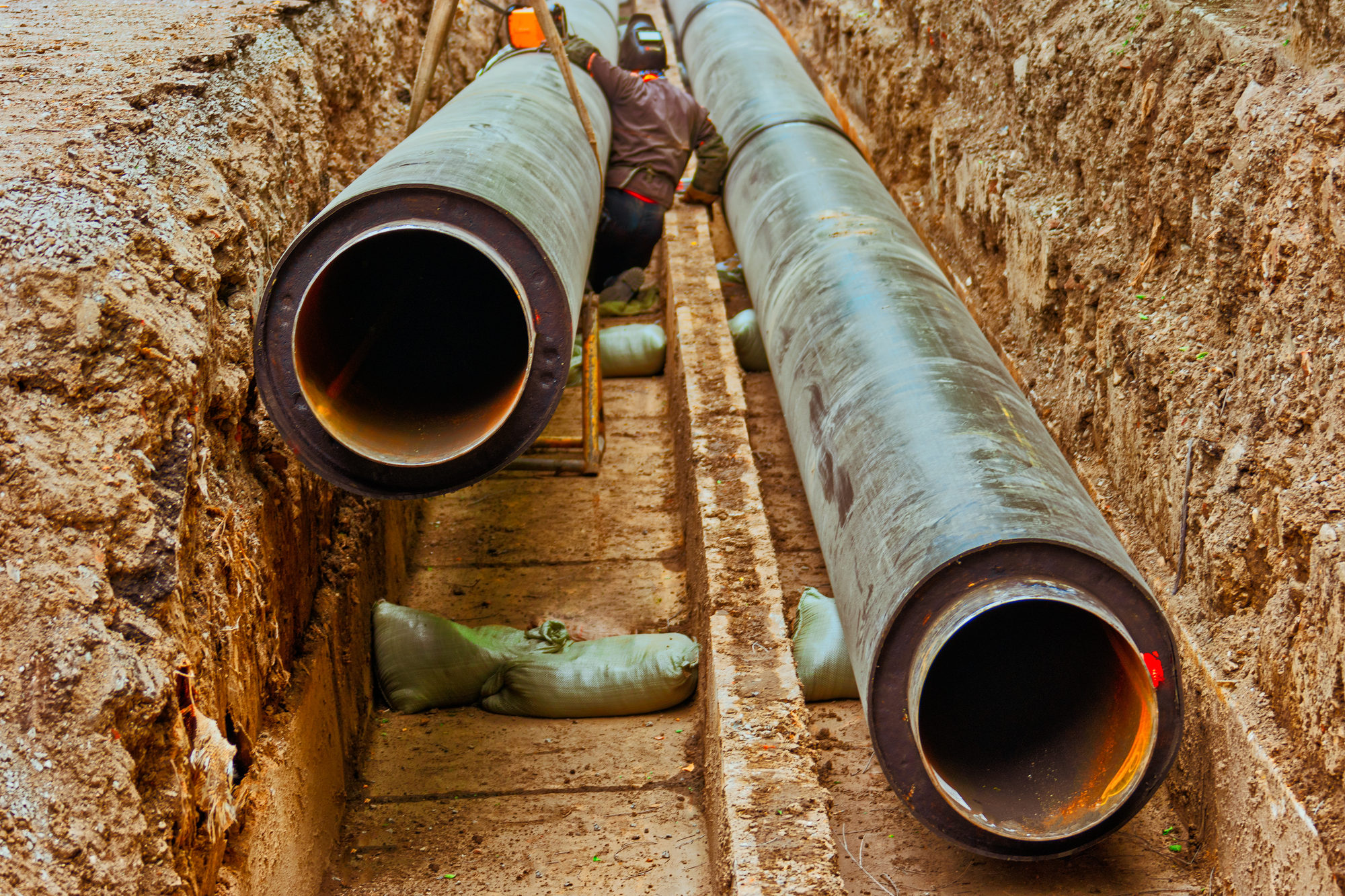When it comes to plumbing, one of the most important aspects is the Drainage, Waste, and Vent (DWV) system. The DWV system plays a crucial role in removing sewage, waste, and other undesirable substances from your home or business while also preventing harmful gases from entering your living space. That’s why it’s essential to have a well-designed DWV system. In this article, we’ll discuss what a DWV system is, the importance of having a well-designed DWV system, and what you should consider when designing your DWV system.
What is a DWV system?
A DWV system is a plumbing system that removes waste and sewage from your home or business while also preventing harmful gases from entering your living space. The DWV system does this by creating airtight seals within the pipes, using gravity to move the waste and sewage out of your building and into a septic tank or sewage treatment plant.

The importance of a well-designed DWV system
The importance of a well-designed DWV system cannot be overstated. Having a poorly designed DWV system can lead to many problems, including:
1. Clogs: A poorly designed DWV system can lead to clogs that can prevent waste and sewage from moving out of your building. This can lead to backups and other plumbing issues.
2. Gases: If your DWV system is not designed properly, it can allow harmful gases like methane and carbon monoxide to enter your living space, which can be dangerous and even deadly.
3. Leaks: A poorly designed DWV system can also lead to leaks that can damage your property and require expensive repairs.
Factors to consider when designing your DWV system
If you’re designing a DWV system, here are some factors you should consider:

1. Local codes: Be sure to consult with local codes and regulations before designing your DWV system. Different areas have different requirements for plumbing systems, and failure to follow these requirements can lead to fines, legal issues, and even structural damage.
2. Gravity: DWV systems rely on gravity to move waste and sewage out of your building, so it’s essential to ensure that your system is designed to take advantage of gravity. This means that pipes should be sloped correctly, and traps should be installed to prevent water from flowing back.
3. Materials: The materials you choose for your DWV system are important. PVC and ABS are two of the most common materials used in DWV systems. PVC is more affordable and easier to install, but it’s not as durable as ABS. ABS is more expensive and harder to install, but it’s more durable and resistant to chemicals.
4. Ventilation: Plumbing systems need proper ventilation to prevent harmful gases from entering your living space. It’s essential to ensure that your DWV system is properly ventilated and that all vents lead outside your building.
5. Maintenance: Finally, it’s important to consider maintenance when designing your DWV system. Your system should be easy to access and repair if needed.
Conclusion
In conclusion, a well-designed DWV system is essential for any home or business. It ensures that waste and sewage are removed from your building safely and efficiently while also preventing harmful gases from entering your living space. When designing your DWV system, be sure to consider local codes, gravity, materials, ventilation, and maintenance. With these factors in mind, you can create a DWV system that will keep your plumbing running smoothly for years to come. If you need help designing or installing your DWV system, Ace Plumbing Repair is here to help. Give us a call at (844) 711-1590, and we’ll be happy to assist you.






